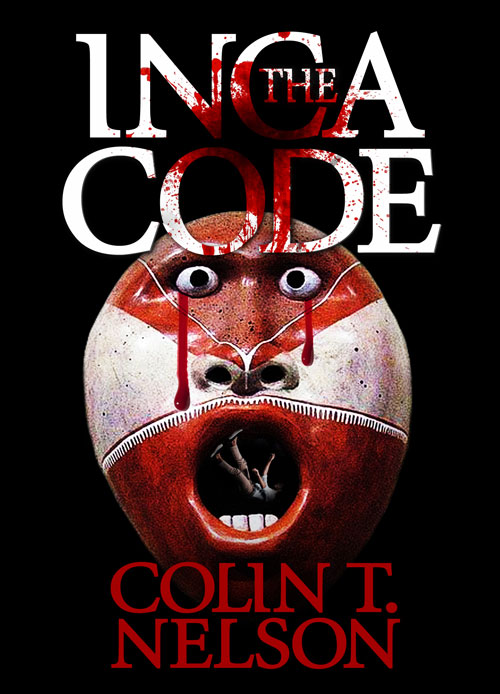In the last post, I looked at the huge and tragic problem of worldwide trafficking of humans–particularly young people and  children. The FBI estimates that from 600,000-800,000 humans are trafficked around the world. That is, they are forcefully taken from their homes and families. Many people assume that most of these trafficked children come into the U.S. through Mexico as illegal aliens. Although many are trafficked through this route, many come in from points all over the country.
children. The FBI estimates that from 600,000-800,000 humans are trafficked around the world. That is, they are forcefully taken from their homes and families. Many people assume that most of these trafficked children come into the U.S. through Mexico as illegal aliens. Although many are trafficked through this route, many come in from points all over the country.
One of the main skills of the traffickers is to constantly assess how porous the U.S. border is at different points. As the opportunities to get in through those vulnerable points change, traffickers react and change their smuggling accordingly.
What’s being done to stop the trafficking of humans?
1. Federal legislation. In 2000 federal law was changed to treat the victims not as criminals (prostitutes) but as victims, which they truly are. It also coordinates federal and state resources to combat traffickers.
2. Government Agencies. The Department of Homeland Security works with local law enforcement to stop and/or remove illegal aliens that are trafficking in human beings.
One of the problems with government agencies is their structure and legal limitations. The trafficking networks are fluid, often temporary, and are not subject to geographical boundaries. The government agencies are usually set-up in a pyramid structure with chain-of-command and slow decisions-making processes–meaning, it’s difficult for them to respond as quickly as the criminals. In addition, there are legal limitations on what many of the government agencies and law enforcement can do. For instance, their jurisdiction to act on problems is limited to the national borders. The methods they use to investigate and interrogate suspects are all limited by Supreme Court rules. Of course, the criminal have no such limitations.
3. Non-governmental organizations. NGOs. Probably one of the most effective responses to combating trafficking networks are NGOs. Unlike government agencies, their structures and lack of legal limitations can match those of the criminal networks more closely. That’s good. For instance, in the U.S. the U.S. Conference of Catholic Bishops has subcontracted with over 100 NGOs and nonprofit organizations to help trafficking victims. Their work leads to exposure of the networks so that governmental agencies may prosecute them. In a good example of government and NGO cooperation, the U.S. Conference is funded through a five-year contract with the U.S. Department of Health and Human Services at about $33.9 million.
Unfortunately, the NGOs cannot use force or law enforcement techniques in their battle with the criminal networks. This puts them at a disadvantage, obviously, in many situations.
Although the NGOs don’t advertise it or admit to it, I wonder if they contract with private security firms to help them combat the human traffickers? After all, the U. S. military has out-sourced many of the security and enforcement responsibilities in war zones to private companies. Do the NGOs also do the same?
In my new book, Fallout, I have researched these criminal networks and have made them the main focus of the villain’s plot. If you’re interested in learning more about how they work and the international aspects of their existence, take a look at my book. It’s available at local bookstores and on Amazon and Barnes & Noble and on e-books.
interested in learning more about how they work and the international aspects of their existence, take a look at my book. It’s available at local bookstores and on Amazon and Barnes & Noble and on e-books.






